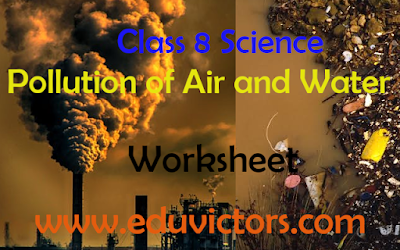Sets - NCERT Exercise 1.6 Answers
Class 11 Maths
Answer: Given,
n( X ) = 17,
n( Y ) = 23 and
n( X ∪ Y ) = 38
We know that, n(X ∪ Y) = n(X) + n(Y) - n (X ∩ Y)
∴ 38 = 17 + 23 - n (X ∩ Y)
⇒ n (X ∩ Y) = 17 + 23 - 38 = 40 - 38 = 2
∴ n (X ∩ Y) = 2.
Blog provides NCERT solutions, CBSE, NTSE, Olympiad study material, model test papers, important Questions and Answers asked in CBSE examinations. References to Educational Sites and resources.










Please turn off the ad blocker. This is only way that we can earn some penny. Please support us by trun off the ad blocker.
Thank you!!